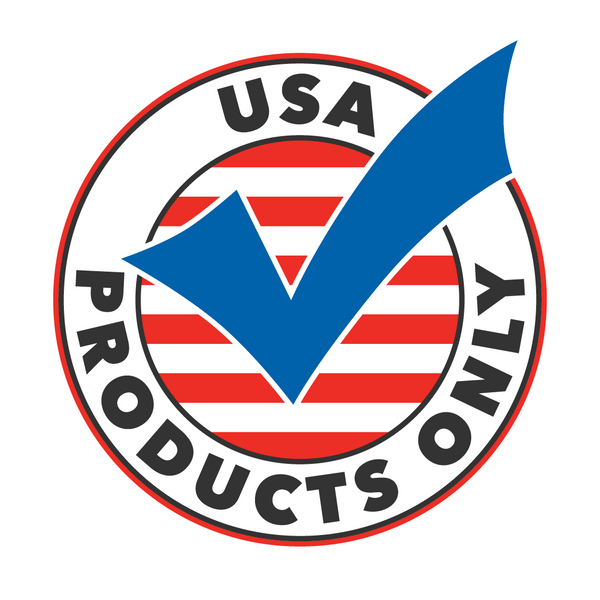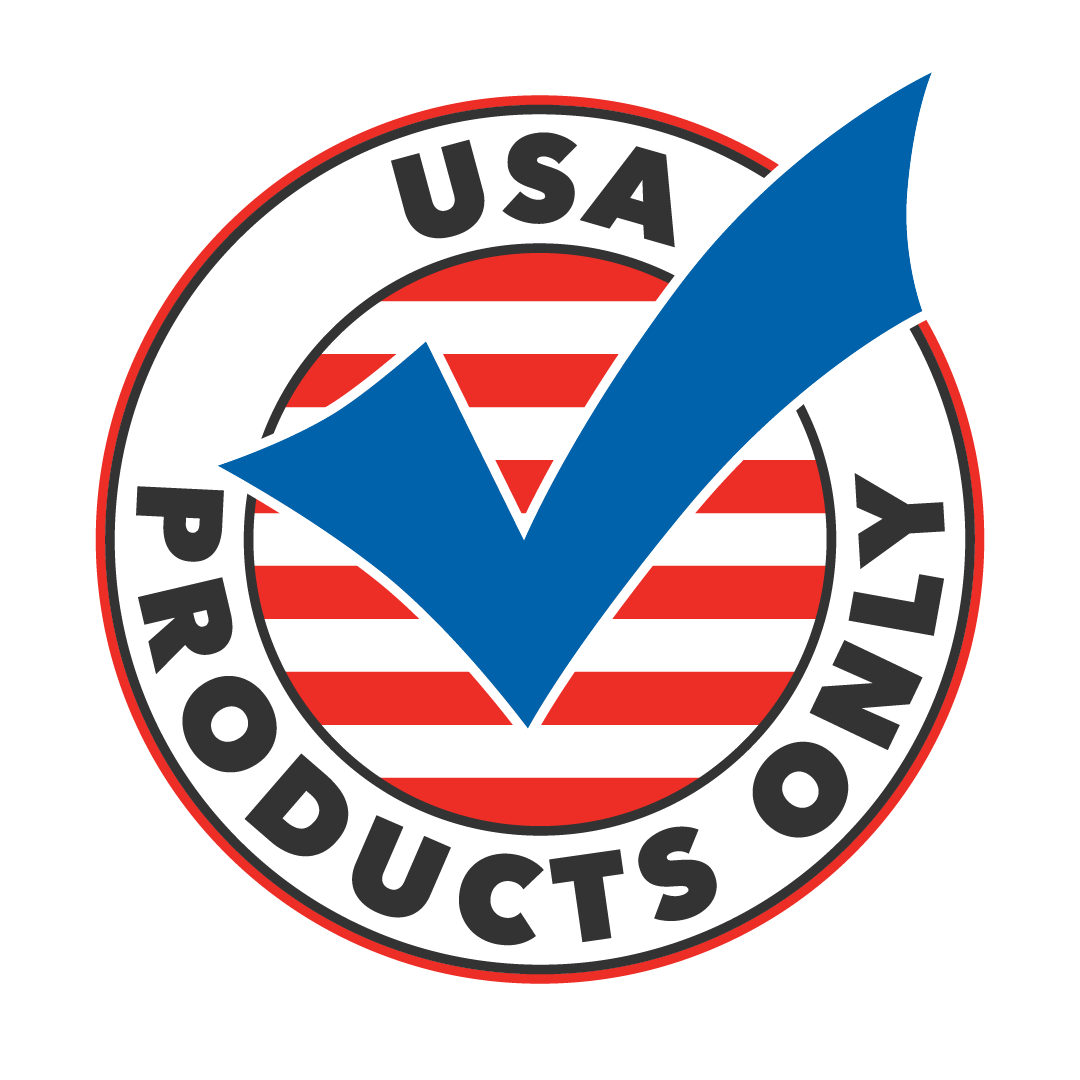In an attempt to protect American industries, President Donald Trump has announced new tariffs on automobiles, steel, and aluminum, set to take effect on April 2. This decision, aimed at bolstering domestic manufacturing and reducing reliance on foreign imports, has sent ripples through the stock market, with major indices experiencing modest declines in response.
Following the announcement, the S&P 500 futures slipped by 0.1%, while the Dow Jones futures saw a more pronounced drop of 0.3%, according to an AP article. While mainstream media outlets are quick to paint this as a negative sign, seasoned investors recognize that short-term market fluctuations are a common response to bold economic policies. Historically, markets have shown resilience, and the real test will be in the coming months as businesses adapt to the new trade landscape.
The rationale behind these tariffs is clear: protecting American jobs and industries from unfair foreign competition. For too long, American manufacturers have been undercut by overseas producers, particularly from countries like China, where government subsidies and lax labor regulations create an uneven playing field. By implementing these tariffs, the administration is taking decisive action to ensure that American workers are not left behind in the global economy.
Critics argue that these tariffs could lead to higher prices for consumers and increased costs for businesses that rely on imported materials. While there may be some initial price adjustments, the long-term benefits of fostering a stronger domestic manufacturing base outweigh these concerns. Moreover, previous trade disputes have shown that foreign nations often back down when faced with strong U.S. economic policies, leading to better trade deals in the long run.
The Federal Reserve now faces the challenge of balancing interest rates amid ongoing inflation concerns. With a potential rise in manufacturing costs, some fear that the Fed may have to adjust rates more aggressively. However, a strong domestic manufacturing sector could ultimately help stabilize the economy by reducing dependency on volatile foreign supply chains.
While the immediate market reaction has been cautious, President Trump’s tariff strategy aligns with his long-standing commitment to putting America first. By prioritizing domestic industries and challenging unfair trade practices, this move has the potential to strengthen the U.S. economy in the long run. As businesses and investors navigate this new economic landscape, one thing is clear: America is no longer willing to be taken advantage of on the global stage.







